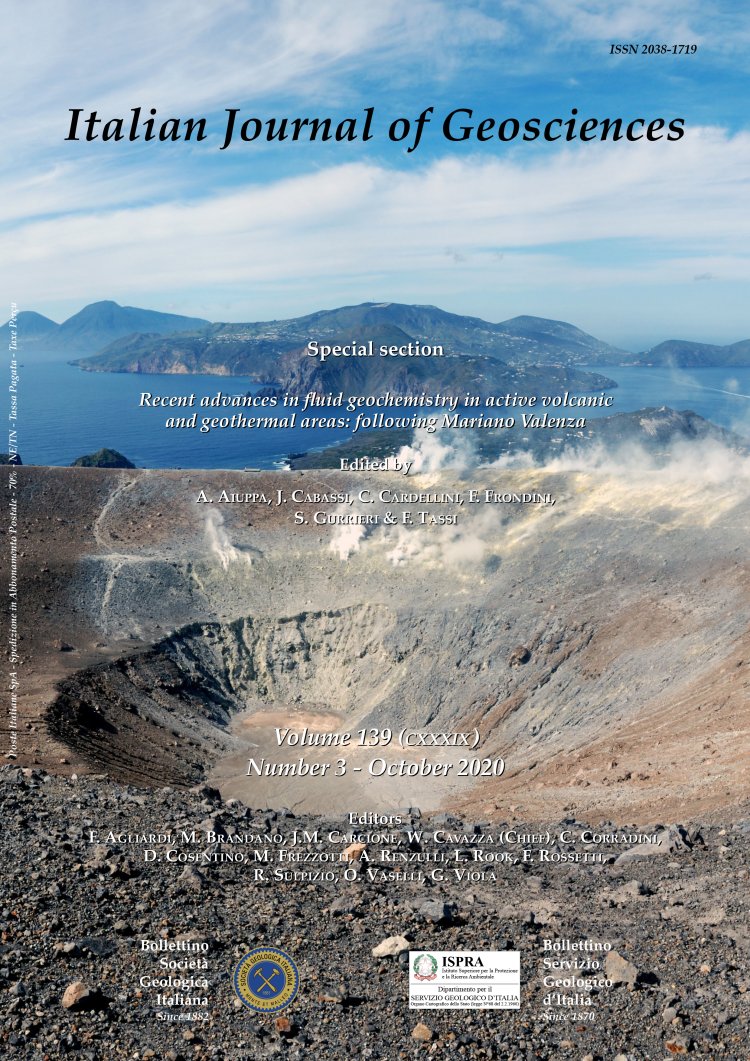
Intercomparison of geochemical techniques at La Soufrière de Guadeloupe (FWI) volcano: their advantages and their limits over a long-standing unrest
Roberto Moretti (1,2), Séverine Moune (1,2), Vincent Robert (1,2), David E. Jessop (1,2), Tristan Didier (1,2), Magali Bonifacie (1,2) & Jean-Christophe Komorowski (1)
(1) Université de Paris, Institut de Physique du Globe de Paris, UMR 7154 CNRS, Paris (F).
(2) Observatoire Volcanologique et Sismologique de Guadeloupe, Institut de Physique du Globe de Paris, Gourbeyre (F).
(3) Université Clermont Auvergne, CNRS, IRD, OPGC, Labora- toire Magmas et Volcans, Clermont-Ferrand (F).
Corresponding author e-mail: moretti@ipgp.fr
Volume: 139 (2020) f.3
Pages: 398-412
Abstract
Volcanic gas emissions from the main low-temperature fumaroles (around 100°C) of one of the most dangerous volcanoes in the Lesser Antilles, La Soufrière de Guadeloupe, are measured routinely using direct sampling with NaOH bottles (for H2O, CO2, H2Stot, H2, CH4, CO, N2, He, Ar, O2), with P2O5 bottles (for H2O, CO2, H2S, SO2, H) and MULTIGAS (for HO, CO HS, SO, H). This allows us to perform a study about an intercomparison of volcanic gas monitoring methologies. The results show some good overlap and similar temporal evolution between the dataset of the different methologies, which is of utmost of importance for monitoring purposes. However, there is no good agreement between the three methodologies for the same chemical ratio. The differences could be explained by a time- dependant diffusive phenomenon that affects the concentrations of sampled gases for two methods of the three (P2O5 bottles and MULTIGAS). P2O5-based analyses are affected because effusion on rapid decompression and fast sampling affects the gas volume in the pipeline connecting the vent outlet to the sampling. Although MULTIGAS is a continuous, flow-through, sampling method, results are likely affected because of the sampling architecture involving filter and pump. Moreover, sulphur reaction (precipitation of elemental S upon exit from the fumarole, conversion of H2S to SO2, chemical reaction with the P2O5 powder that release H2S) and water condensation can also explain some discrepancies.
Keywords
Get Full Text